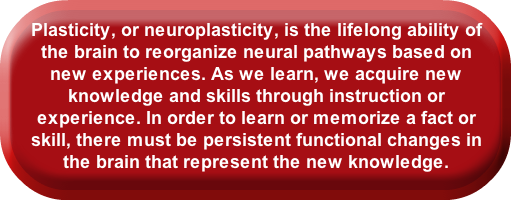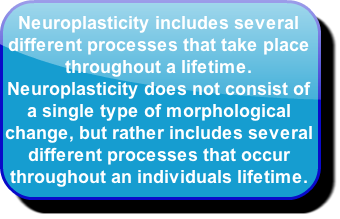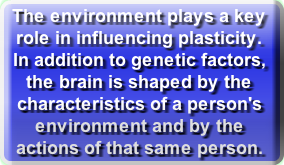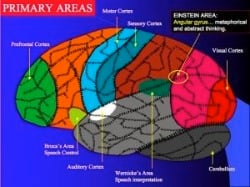Brain Plasticity & Neurogenesis
| Muscles Activate Brain Receptors | ||
|
When acetylcholine is released at a neuromuscular junction, it crosses the tiny space (synapse) that separates the nerve from the muscle. It then binds to acetylcholine receptor molecules on the muscle fiber's surface. This initiates a chain of events that lead to muscle contraction. Scientists have shown that muscle fiber contains a scaffold made of special proteins that hold these acetylcholine receptors in place. Research led by Jeff W. Lichtman, M.D., Ph.D., at Washington University School of Medicine in St. Louis, indicates that a loss of nerve signals – due to inactivity – actually disassembles this scaffold and causes a loss of acetylcholine receptors. When the muscle becomes active again, however, the scaffold tightens its grip and catches any receptors that come by. |
"So muscle activity is a cue to keep a synapse stable, and synaptic inactivity is a cue to disassemble a synapse," says Lichtman, a professor of neurobiology. "So if you lose activity, you lose receptors. But if you regain activity, you get those receptors back." This article was taken from "The Human Brain" By The Franklin Institute Online. It can be found at www.fi.edu
|
|





